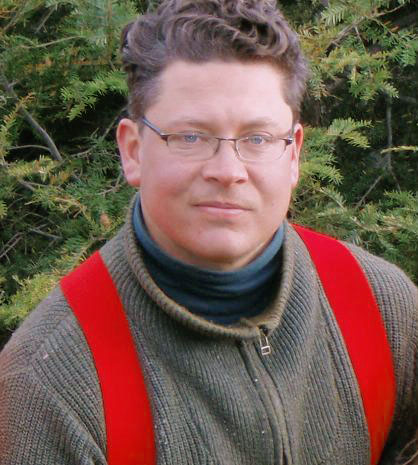
This is turning out to be a very destructive Atlantic hurricane season. While the media’s attention has understandably turned to the latest storm, Maria, that recently wreaked havoc in the Caribbean, Harvey and Irma are now weeks behind us. But thousands of people — communities — have just started the process of picking up the pieces, practically and emotionally.
As many climatologists are hypothesizing that this could be the new normal, due to global warming, now seems the perfect time to think about what we can do better in terms of recovery. The fact is, part of the answer, we already know. Or rather, some of us do. But the message hasn’t penetrated policy-level planning around disaster response plans, or found its way into mainstream conversations. Which is why we’re tackling the subject here. So that you can be a part of a new wave of informed citizens, urging decision-makers and communities to broaden our understanding and reaction to natural disasters.
So, back to “the answer” (hint: it’s green).
While nature destroys, it also heals. It’s fascinating, this dual – and starkly contrasted – role nature can play in our lives. And counter-intuitive: the idea that after being devastated by a storm, one of our immediate, instinctive needs is to connect with nature.
This is a scientifically identified phenomenon; one that’s been termed “urgent biophilia” by researcher Keith Tidball, Director of the Cornell Cooperative Extension Disaster Education Network at Cornell University. The concept is an extension of “biophilia” — the theory that humans have an innate connection to other living things, because we evolved alongside them.
Explains Tidball, “When we find ourselves in really dire situations, and we’re stripped down to our most essential selves, this is when urgent biophilia kicks in.”
Tidball is a boots-on-the-ground kind of researcher, who has immersed himself in disaster zones the world over to better understand how people can work together to restore nature, renew communities and heal themselves in times of deep crisis. He was in New Orleans following Hurricane Katrina; in New York after Sandy; in Japan following the 2011 Tōhoku earthquake and tsunami; and in Joplin, Missouri, after the historic EF5 tornado that struck the city six years ago. He is also among a team of scientists awarded grants by the TKF Foundation to study the relationship between nature and our health. Efforts to connect people with nature should begin early during initial recovery efforts, Tidball asserts, and happen alongside restoration of power and other essential services. (Yes, you read that correctly. We’ll pause for a moment to let that concept sink in.)
Nature-based therapy
What Keith has discovered is that our love for nature and our attachment to place compels us to act when disaster strikes; and the very act of working to restore our natural environment in turn has a healing and restorative effect on us – at a time when we desperately need it.
But (here comes an important point), we miss out on this opportunity — for nature-based therapy, if you will, — when we unintentionally thwart individuals’ and communities’ abilities to act. To seek out nature. To right not just our built environment, but our natural one as well.
For instance, Tidball points to the closing of public parks as a counter-productive, municipal-level decision that often occurs following natural disasters like Harvey. While the reasoning is most often related to safety, he says the potential good that could come from allowing the parks to remain open and accessible to the community most often far outweighs any real danger or threat.
[ngg_images source=”galleries” container_ids=”7″ display_type=”photocrati-nextgen_basic_slideshow” gallery_width=”1200″ gallery_height=”500″ cycle_effect=”fade” cycle_interval=”10″ show_thumbnail_link=”1″ thumbnail_link_text=”Click for Thumbnails” slug=”Urgent-Biophilia-Nature-Sacred” order_by=”sortorder” order_direction=”ASC” returns=”included” maximum_entity_count=”500″]A blind spot
Likewise, when every square inch of available public space, every patch of green, is occupied by heavy equipment during recovery efforts, nature is cloaked in such a way that prevents us from benefiting from the exposure.
“This isn’t something that’s being done intentionally by emergency management teams, but rather a blind spot in the emergency management process,” said Tidball. “It’s more a failure to recognize and appreciate urgent biophilia. And in the end, this hurts recovery.”
Only after senior-level decision- and policy-makers are aware of their oversight will we begin to see practices and plans change to leave space for community greening efforts in the wake of disasters.
Among activities that individuals and communities can take part in following disasters that can contribute to resilience and recovery: planting trees, restoring a habitat, and later, participating in community gardening.
Urgent biophilia isn’t an abstract, academic concept, but a recognition of something essential in what it means to be human reacting to disaster. In the past decades, Western society has grown comfortable with the practice of talk therapy to address emotional trauma. But maybe we are guilty of defining the concept so narrowly that we haven’t left open the possibility for other, equally effective forms. Nature heals. Science has proven it. Society just needs to catch up.
